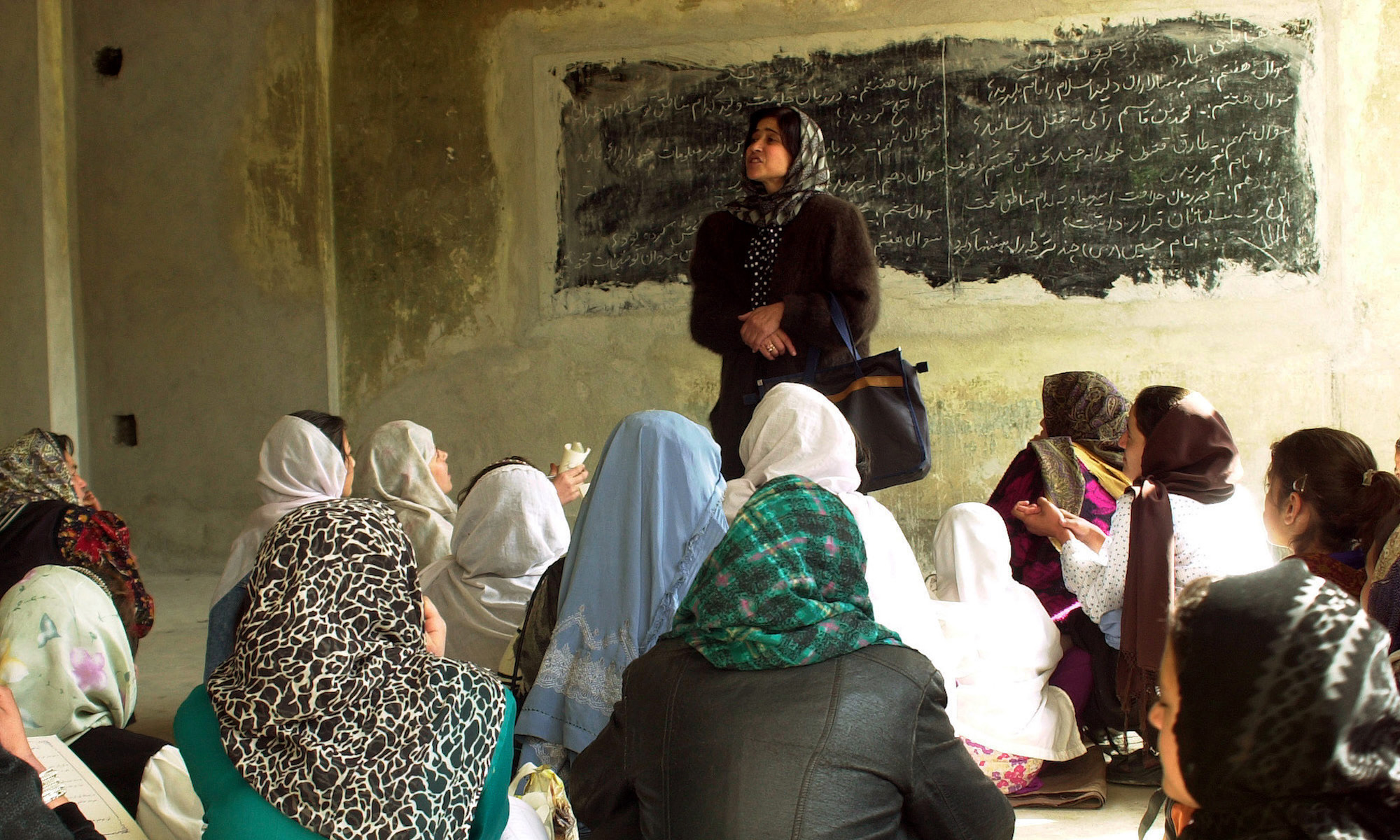This paper summarises our state of knowledge regarding diaspora engagement in conflict societies. It presents a map of possible diaspora contributions and their specific potential positive and negative impacts in societies experiencing or recovering from conflict. Following a discussion of diasporas and their motivations for engagement in their places of origin, the paper reviews the specific remittance, philanthropy, human capital and policy influence contributions, both positive and negative, that diasporas may make. Policy implications include the need more systematically to include considerations of diasporas in conflict/post-conflict interventions, and based on a more careful case-by-case analysis, using the provided map as a starting point. Such analyses can inform decisions of when to tolerate, unencumbered, diaspora engagement; when to facilitate or support such engagement; and when to consider strategic partnering with diaspora efforts. By mapping potential positive and negative influences of diasporas, the paper establishes why a more nuanced understanding of diasporas and peace and conflict is so important to policy and practice for a more peaceful world.
After War then Peace: The US-based Liberian Diaspora as Peace-building Norm Entrepreneurs
Debating Darfur in the World
This article compares the debates and demonstrations about Darfur that have taken place in the Sudan, the United States, and Qatar and illuminates how political violence is apprehended and cultural identities are constructed. The rallies that occurred among Sudanese inside and outside the Sudan following the 2009 indictment of President Omar Hassan al-Bashir by the International Criminal Court (ICC) are particularly revealing. Examining what has been represented worldwide as the first genocide of the twenty-first century brings to light the ideologies that are expressed in impassioned political positions. Ideology, which implicitly undergirds the mixed emotions with which the ICC warrant was received, has been fundamental to the Darfur story from the start of the crisis in 2003. Describing Darfur in three distinct sociopolitical arenas, one sees various scenarios that are akin to a play with multiple actors and scenes, each of which is contextually mediated and expertly produced. The disconnections, ruptures, and shifts in the flow of this narration point to the disparities in the situational, local, regional, and transnational forces at work.
